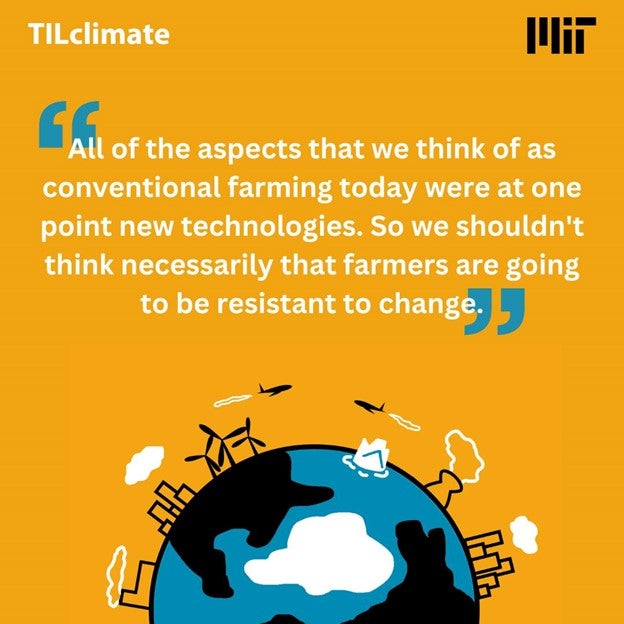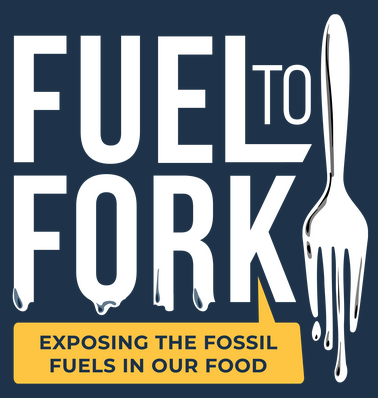Fossil fuels and our food systems

We urgently need policies to address climate change and part of that conversation is about transitioning away from fossil fuels. It’s not just about curbing gasoline for cars. Fossil fuels are widely used all across the economy, including in food systems. A recent report from the Global Alliance on the Future of Food, points out that food systems account for at least 15% of the fossil fuels used annually. That’s huge, but perhaps not surprising since we know that food systems account for around one third of global greenhouse gas emissions.
So where are the fossil fuels in our food system? I looked into this question with colleagues from International Panel of Experts on Sustainable Food Systems (IPES-Food) and Table at Oxford University for a new project that seeks to uncover where we rely on fossil fuels in our food system in order to assess where and how we can shift away from them. What we found is that fossil fuels are a dominant form of energy used all along agrifood supply chains. That includes the production of farm inputs like fertilizers, pesticides, the energy needed to run farm machinery, the application of fertilizers to farm fields, the use of plastic mulches, plastic seed coatings, and more. But that wasn’t even the bulk of fossil fuel use. Over 40% of the energy used in food systems is at the processing and packaging stage, including refrigeration, storage, the use of plastic packaging, and transportation. And over 30% is energy used in retail and consumer stages of food supply chains.

I recently talked with the TIL Climate Podcast at MIT about this issue, and we walked through fossil energy use associated with a typical bag of corn chips. Corn is a massive user of nitrogen-based fertilizers. The processing of corn, through a process of wet milling, is another high user of energy, in fact the processing of corn is one of the biggest energy users in the entire food system! We also talk about the prospects for transitioning away from fossil fuels at each of these stages of the food system, including consideration of new technologies on the horizon such as electrification and gene editing, but also evaluate the risks associated with those approaches. I encourage you to give it a listen!
Also linked below is the Fuel to Fork podcast series that I also participated in, which looks at this issue with a wider lens that just corn chips, with a range of awesome expert voices.
TIL Climate Podcast episode: Farm to table, with a side of fossil fuels
Summary: The way we grow and distribute food today is deeply dependent on fossil fuels, yet that dependence can feel invisible. Sustainable food systems researcher Prof. Jennifer Clapp joins the show to walk us through all the ways fossil fuels are used to produce one simple food item: a tortilla chip. Along the way, we’ll explore the hard work being done to eliminate climate pollution from the food we eat.
For a deeper dive and additional resources related to this episode, visit: https://climate.mit.edu/podcasts/e1-farm-table-side-fossil-fuels

Fuel to Fork podcast series: https://www.tabledebates.org/fueltofork
Our food system has a hidden ingredient: fossil fuels
Fossil fuels are the lifeblood of our food system. This brand new podcast series exposes their hidden role in the food we eat– revealing how food accounts for 15% of global fossil fuel use. If we want to tackle climate change, we can't leave food off the plate.
And keep an eye out for IPES-Food’s forthcoming report on fossil fuels in the food system!
Corn chip image by Michael Moriarty via Pixabay.